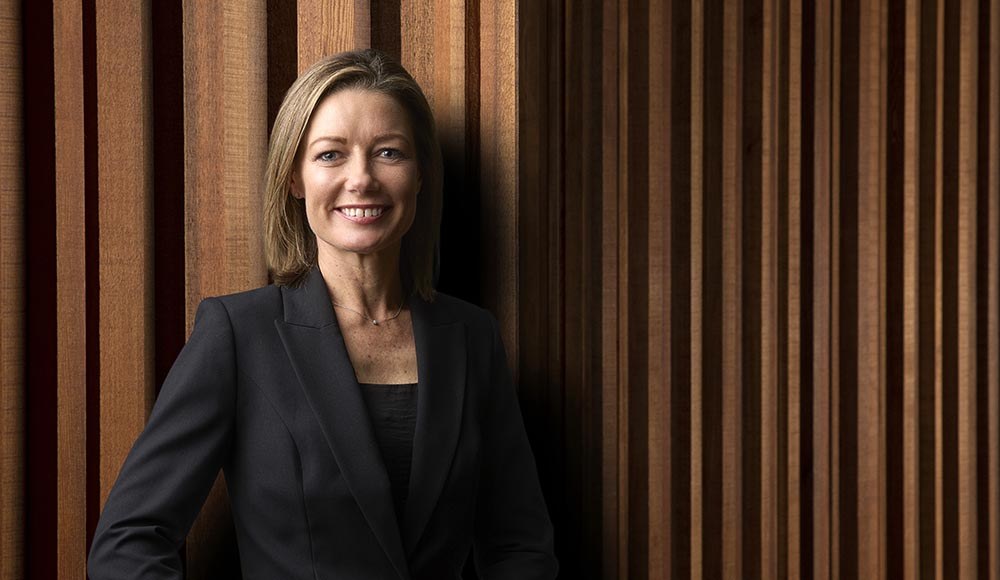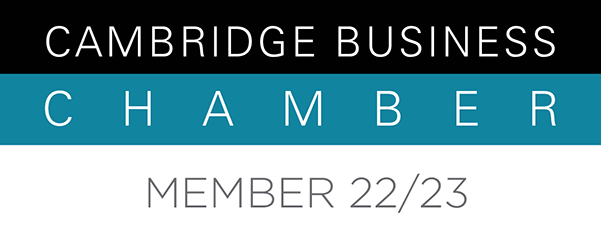
Leading from the top – Creating diverse and inclusive workplaces, and reducing discrimination
17 Oct 2017Powerful leadership is critical to setting the tone in minimising discrimination, and ensuring diverse and inclusive work environments.
It is the responsibility of leaders in business to develop workplace culture. Rather than view diversity as a challenge or obstacle, it should be perceived as an opportunity. Diversity is proven to positively impact on business performance, risk minimisation and innovation.
Diversity is not merely about gender equity. Consider our multicultural society, and its richness of religions. Consider also the LGBTQI community. Consider age. Without a diverse workforce, the reality is that organisations miss the opportunity for good talent to contribute to the business.
Unfortunately, discrimination is alive and well. If we consider disability for example: one in four New Zealanders identify as having a disability, yet the rates of those with disabilities in paid work are painfully low.
When we talk about disadvantage and positive discrimination, a not uncommon response is that decisions are made on “merit”. However, “merit” is often used to perpetuate privilege and continue to minimise the call to action to end discrimination.
“Merit” is rarely entirely objective. In recruitment for example, alongside considering qualifications, “fit” is often considered. This inevitably leads to bias, with those recruiting looking (consciously or not) at whether they feel comfortable with a person. Inherently, when considering “fit”, people make decisions that favour those like them. Recruitment decisions are therefore affected by bias to those in already in positions of power. Women, certain ethnicities and those with disabilities are at a distinct disadvantage if strong recruitment practices, such as blind selection, are not in place to avoid these biases impacting on decision making.
Leaders in business have an ability to set the organisational culture. Walk the talk. Be explicit in stating that diversity matters, and ensure it is explicitly addressed. Ensure reporting, monitoring, and rewards enable, promote and support diversity. Use language wisely. Encourage diversity of thought. Recognise and address unconscious bias. Hold others to account for these standards and celebrate progress on the business journey towards greater diversity and inclusion. Be proactive in establishing and maintaining diversity in the workforce, including in leadership roles. Our workplaces will be better for it.
Content from: www.dtilawyers.co.nz/news-item/leading-from-the-top-creating-diverse-and-inclusive-workplaces-and-reducing-discrimination






